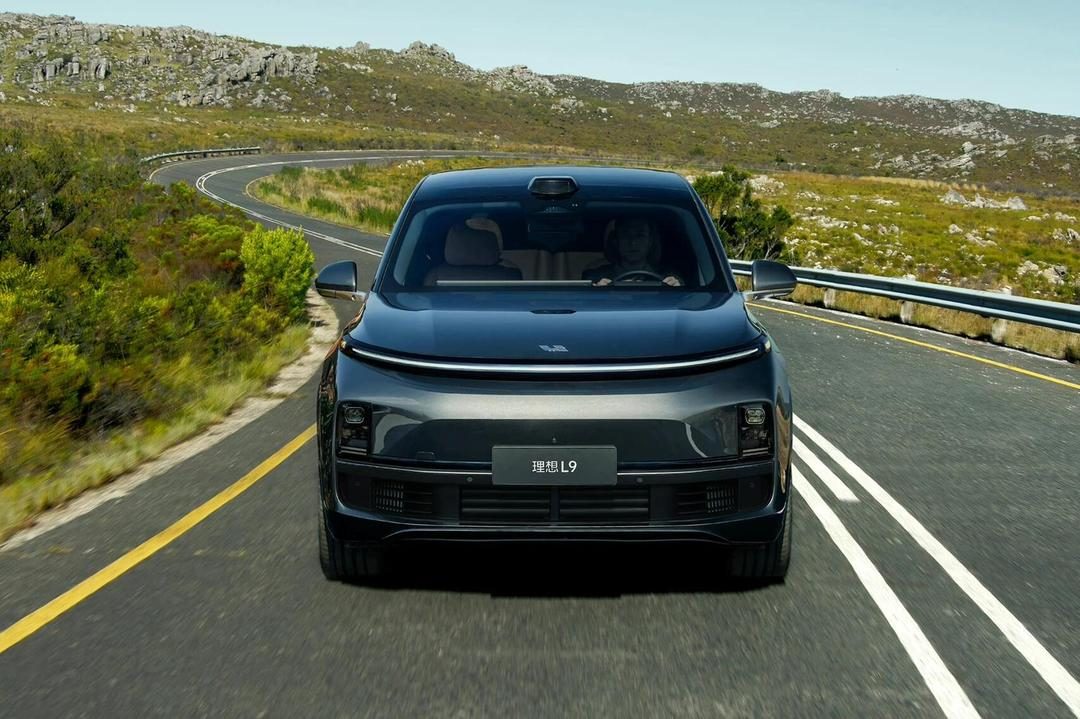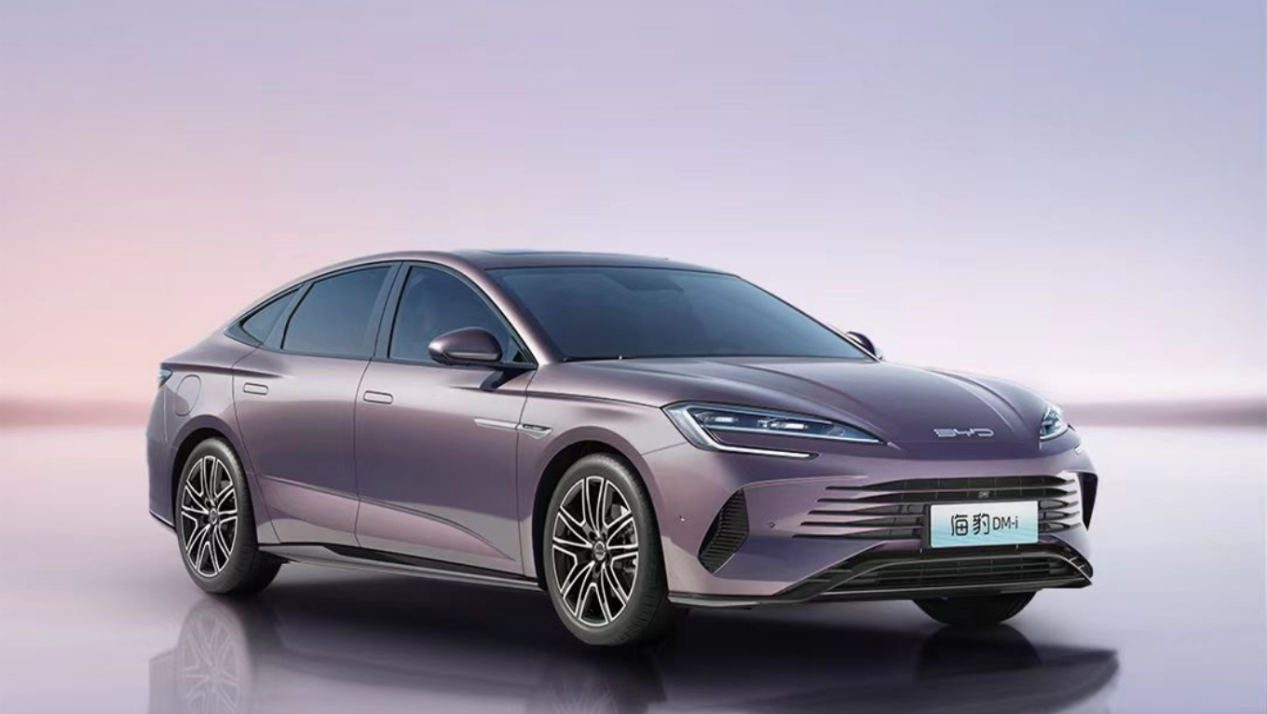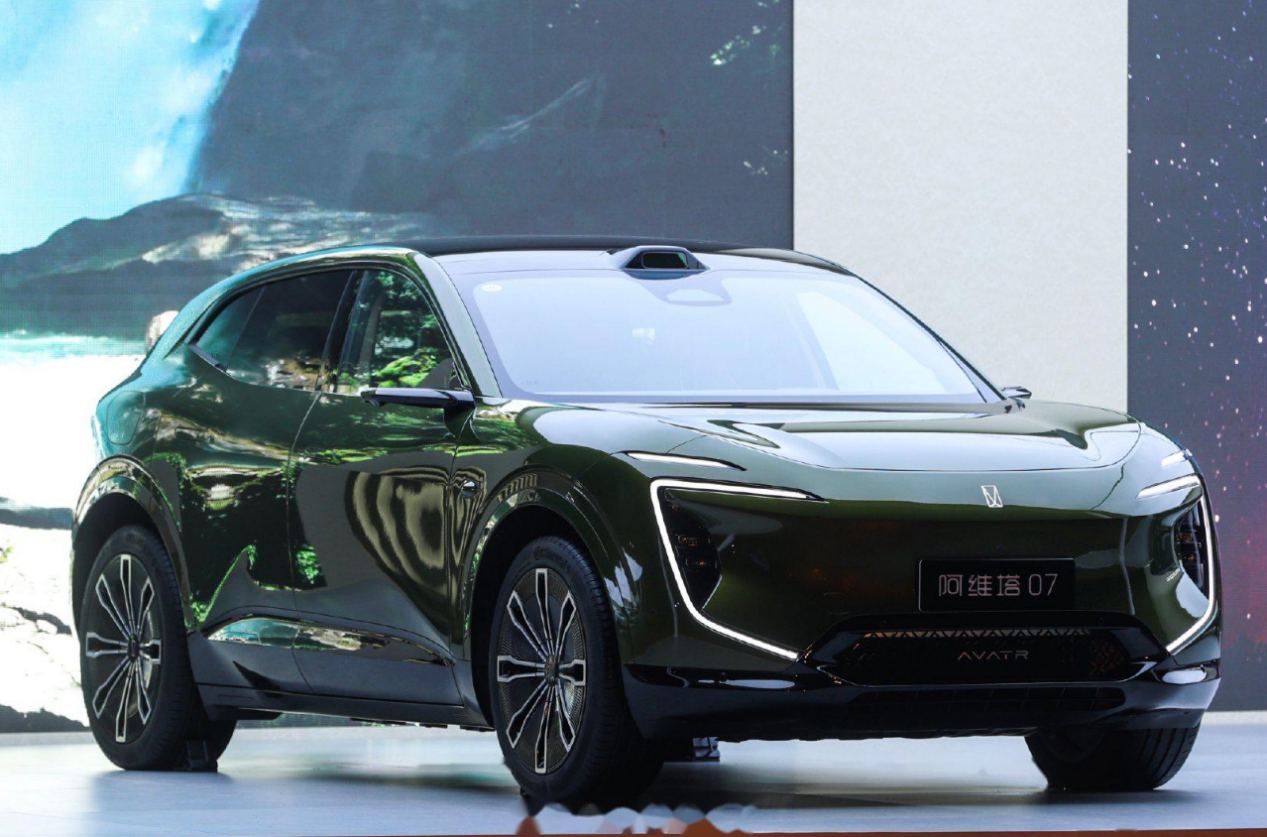
2025 marked a structural inflection point for China's NEV market. Data from the China Association of Automobile Manufacturers (CAAM) shows that by the end of April, the combined sales share of EREVs and PHEVs surpassed 50% of the NEV market for the first time, becoming the core driving force of industry growth.
The intensive launch of new models like the AITO M8 and Avatr 06, coupled with accelerated EREV sector deployments by automakers like Xpeng and Xiaomi, signifies the industry's technological pathways entering a phase of intense competition. This phenomenon not only reflects the market's rigid demand for range anxiety solutions but also prompts a re-evaluation of consumer-oriented new energy products—are EREV and PHEV technologies pragmatic choices for the carbon-neutral era, or merely interim transition solutions?
The support of Customer needs and technology
Structural shifts in China's NEV market became evident in 2024. According to statistics from Cui Dongshu, Secretary-General of the China Passenger Car Association (CPCA), full-year 2024 NEV sales reached 11.262 million units. PHEVs and EREVs contributed 4.519 million units, surging 85.2% year-on-year—far exceeding the 15% growth of pure EVs. This gap widened further in 2025, with hybrid models' market share approaching 50%, while the pure EV penetration rate dropped from 60% to 58%. Behind this explosive sales growth lies the combined effect of user demand and technological dividends.

From the consumer perspective, the pursuit of an "anxiety-free experience" is the core driver. EREVs, combining large-capacity batteries (typically offering around 200 km CLTC pure electric range) with a fuel-powered range extender, address both the need for low-cost urban commuting and alleviate range anxiety for long-distance travel.
Take the Li Auto L-Series as an example: its combined range exceeds 1000 km, with a per-kilometer cost below 0.1 yuan in pure electric mode. This precisely meets family users' dual expectations of affordability and practicality. PHEV models, utilizing multi-mode drive technology (like BYD DM-i's series-parallel system), can maintain fuel consumption below 3L/100km even when the battery is depleted, balancing performance and efficiency.

Breakthroughs at the technical level provide foundational support for market expansion. By eliminating complex transmission systems, EREV architecture reduces R&D costs by 40% compared to PHEVs, with production line modification costs only one-third as high. This makes EREVs a key technological entry point for new automakers to rapidly enter the market. Li Auto, relying solely on its EREV strategy, achieved annual sales exceeding 500,000 units in 2024. The AITO M7 single model surpassed 190,000 deliveries, validating the current commercial viability of this pathway.
In contrast, PHEV technology leverages economies of scale to drive costs down into the 100,000 yuan (~$14k USD) price bracket. BYD's DM-i models sell over a million units annually, covering a full product matrix from entry-level sedans to premium SUVs, demonstrating formidable market penetration.
The disputes and games of environmental and technology iteration.
As the market votes with its wallet for hybrid sales, debates over technological pathways intensify. EREV technology has faced environmental skepticism since its inception. Its two-stage energy conversion process (fuel → electricity → kinetic energy) results in energy consumption 15%-20% higher than PHEVs under highway driving conditions, raising concerns about carbon emissions. Stephan Wöllenstein, former CEO of Volkswagen Group China, publicly criticized EREVs as "the worst solution." The EU's new energy policy prioritizes support for PHEVs while imposing stricter carbon emission accounting standards on EREVs.
Market-oriented voices argue that environmental debates overlook the complexity of real-world usage scenarios. Academician Yang Yusheng of the Chinese Academy of Engineering stated at the 2025 China EV100 Forum that EREVs can achieve fuel savings of 30%-50%. In third- and fourth-tier cities where charging infrastructure remains underdeveloped, their "anxiety-free" characteristic is still a core user need. In his view, PHEVs have complex structures and fuel cells are too costly. EREVs, with their simplified "fuel generates electricity to drive the wheels" logic, preserve the driving feel of EVs while circumventing charging infrastructure limitations, making them the "optimal solution for transitioning from gasoline vehicles to pure EVs." This contradiction highlights the multi-dimensional nature of the technological pathway system—the market is seeking a dynamic equilibrium between ideal environmental goals and practical user needs.
Automakers' strategic choices also mirror the divergence and convergence of technological pathways: Among the new players, Li Auto, AITO, and Leapmotor have used EREVs as a breakthrough to rapidly build market recognition. Traditional automakers, meanwhile, have deepened their focus on PHEV technology. BYD's DM-i and Geely's Leishen Hi·X systems have built protective moats through patent barriers.

 However, these distinctions are blurring. Li Auto launched its pure electric Mega model, Xpeng and Zeekr are doubling down on the EREV segment, and BYD plans to integrate its 800V platform with DM-i technology to achieve a dual breakthrough in "ultra-fast charging + low energy consumption." The cross-penetration of technological pathways reflects automakers' strategy of placing multiple bets on the market.
However, these distinctions are blurring. Li Auto launched its pure electric Mega model, Xpeng and Zeekr are doubling down on the EREV segment, and BYD plans to integrate its 800V platform with DM-i technology to achieve a dual breakthrough in "ultra-fast charging + low energy consumption." The cross-penetration of technological pathways reflects automakers' strategy of placing multiple bets on the market.
The key factor shaping the future landscape is the pace of technological iteration. The proliferation of 800V high-voltage platforms is rewriting market dynamics, reducing charging times to 15 minutes and increasing range by 20%, while being compatible with both hybrid and pure electric models. Companies like Avatr and Xpeng have already launched EREV/PHEV models supporting 800V technology. For example, the Avatr 07 EREV features 3C fast charging and boasts a pure electric range of 245 km.

If 800V technology achieves widespread adoption, the refueling/recharging disadvantage of hybrid models will be mitigated. However, the need to upgrade components like electric drive systems and thermal management could also increase costs. Another potential disruptor is solid-state batteries. CATL predicts their mass production by 2027 will eliminate range anxiety for pure EVs, potentially challenging the "transitional nature" of EREVs and PHEVs. Nevertheless, industry consensus holds that hybrid technology will remain the market mainstream during the critical 2025-2030 window.
The surge of extended-range electric vehicles (EREVs) and plug-in hybrids (PHEVs) is fundamentally a product of compromise between user demand and technological reality. They fill the gaps of pure electric vehicles (EVs) with "anxiety-free experiences," yet have also become embroiled in controversy over their environmental credentials and technological sophistication. As Zhang Yongwei, Vice Chairman of the China EV100 Association, stated, "The diversification of new energy technology pathways reflects the natural law of industrial development. It also signifies that market competition has found a viable path for different technologies." Before charging infrastructure is perfected and battery technology matures, the market is not choosing the 'perfect technology,' but rather the 'optimal solution' under specific constraints. The coexistence, competition, and cooperation between EREVs and PHEVs will remain the norm in China's new energy vehicle (NEV) market for the foreseeable future.

 Room 1104,Block B,JingBan Building,6 Middle Beisanhuan Road,Xicheng District,Beijing
Room 1104,Block B,JingBan Building,6 Middle Beisanhuan Road,Xicheng District,Beijing
 (8610)62383600
(8610)62383600
 quanqixiang@carresearch.cn
quanqixiang@carresearch.cn
 京公网安备:11010202007638号|京ICP备17032593号-2|Report illegal and bad information:010-65993545-8019 jubao@carresearch.com
京公网安备:11010202007638号|京ICP备17032593号-2|Report illegal and bad information:010-65993545-8019 jubao@carresearch.com
Legal support:Beijing Yingke Law Firm|All rights reserved, DO NOT reproduce without permission